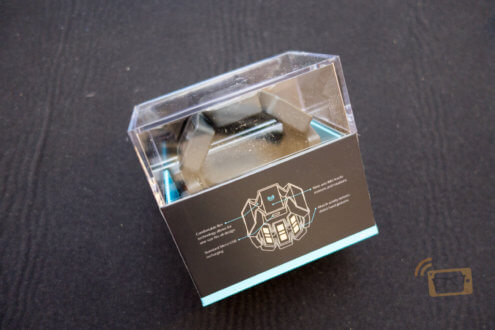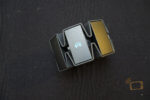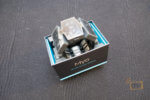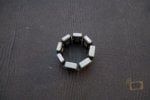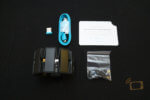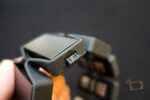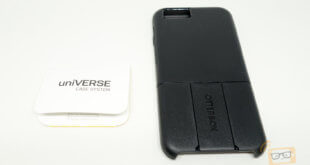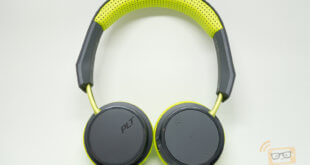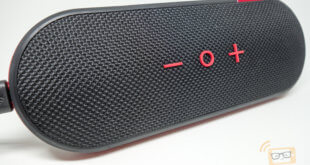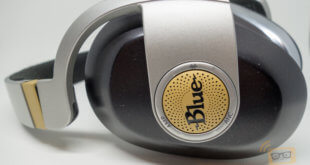In recent years, the gesture-based control market has blossom. We have Microsoft’s Kinect and LeapMotion, both aimed at offering better user experience. And then comes the Myo Armband.
If you have not heard of the Myo Armband, you must not miss it. The armband works by monitoring the change of bioelectricity, which is generated from users’ arm movement and arm gesture. There are various use applications the users can do with Myo, but before we move on, let’s recap at some of the features of the armband again.
Features:-
- Reads the electrical activity of your muscles and the motion of your arm to let you wirelessly control technology with hand gestures
- Discover applications to control music, games, presentations, and more in the Myo Market Beta
- Map gestures to your keyboard for customized control
- Develop with open APIs and free SDK to build solutions for home automation, drones, computer games, virtual reality, and more
- Works with Mac, Windows, iOS, and Android devices through Bluetooth Smart
Review
Design & Build Quality
The Myo Armband has a very technical design, which looks pretty cool when users wear it for the first time. Weighing at about 3 ounce, the armband consists of eight different modules with sensors built-in. These sensors can perceive different kinds of forearm movements such as fist clenching, arm waving, hands in plain sight, as well as figure movement, and react accordingly.
In addition, its built-in gyroscope, accelerometer and magnetometer, the Myo Armband is capable of measuring the speed and direction of the user’s arm movement. When users make different gestures, the forearm muscles will transmit various bioelectrical signals. At the same time, Myo’s advanced built-in sensors receive these signals, analyze it with its embedded algorithm and send the gesture perception result to its connected device via Bluetooth 4.0.
Overall, the Myo Armband has a very great technical looking design and a very solid build quality. We really like it.
Battery Life
The Myo Armband does not have a button to power on. Instead, users must connect it to their computer or a wall charger through the micro-USB cable to power it on. Once it is powered on, the Myo Armband automatically enters a battery-saving sleep mode when it is idle for a short period of time. It will exit the sleep mode when users pick it up.
Users can also turn Myo off completely by using the Turn Off button in the Armband Manager window of Myo Connect. And to power it back on, users must again connect it to their computer or a wall charger, which is a little troublesome at times.
Myo rated the battery life on the armband to last up to a day of usage on a single charge. We managed to get 1.5 days of usage out of it, which is better than what Myo rated it at.
Features
So far, Myo is compatible with four different operating systems – Windows, OSX, Android and iOS, and will require a Bluetooth connection (it comes with a Bluetooth dongle for laptops without it). To use the Myo Armband, users are required to download the Myo app first. The app will then guide the user through the setup process, which includes the gesture training.
As of now, it seems like it is limited to only five different gestures and two types of motion. The app also allows for the user to adjust the sensitivity of the armband. However, it is sometimes difficult for us to find the perfect sensitivity. At times, the armband tends to register simple gestures such as resting the arm on the hips if it is too sensitive. If we set the sensitivity a little lower, we sometimes have to make a huge gesture to get it to register. Though the app includes learning and adapting processes, we feel like it’s a hit or miss at times. Or maybe, we just need more practice to be proficient.
The Myo market has a tons of applications that users can install and start using right out of the box. Some of these applications allow users to integrate Myo with a host of other applications and games, such as Minecraft, Popcorn Time, and even Saints Row IV, which is pretty neat.
Final Thoughts
Myo is a great start, although it is limited by the amount of gestures and motion. Having said that, the sensors are likely capable of more, and it can already control a ton of devices using a ton of applications. Additionally, the Myo Armband is very responsive, looks awesome, and comfortable to wear. The only problem we had was the hit or miss gesture registration, which should be fixable with updated firmware. Myo also has an open API as well, so new integration will be released in the future, and the device’s range of uses will continue to expand over time. As we said, this is only the beginning for Myo.
The Myo Armband can be purchased through Myo for $199.
 Pocket Insider Latest Technology Review
Pocket Insider Latest Technology Review
